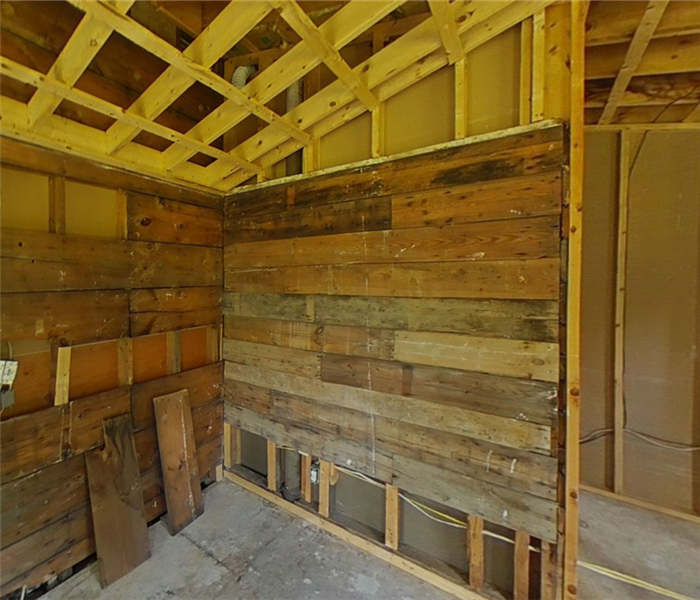How to properly ventilate your home to reduce fire hazards
8/14/2024 (Permalink)
Ensuring your home is well-ventilated is crucial for maintaining safety, particularly when it comes to reducing fire hazards. Proper ventilation helps manage heat and smoke, minimizing the risk of fires starting and spreading. At SERVPRO®, we understand the importance of a fire-safe home, and we’re here to share valuable tips on how to ventilate your home effectively to mitigate fire risks.
The Importance of Proper Ventilation
Ventilation plays a critical role in maintaining a safe environment. It ensures that any heat generated by appliances or activities doesn’t accumulate to dangerous levels. Moreover, it helps disperse smoke and fumes, which can be potential fire hazards. Here are some key steps to ensure your home is adequately ventilated:
1. Install and Maintain Exhaust Fans
Exhaust fans are essential in areas prone to heat and smoke, such as kitchens and bathrooms. Regularly check and clean these fans to ensure they are functioning optimally. Grease and dust buildup can reduce their efficiency and pose a fire risk. Consider installing high-efficiency exhaust fans that can handle larger volumes of air if you frequently use high-heat appliances.
2. Use Range Hoods in the Kitchen
A range hood above your stove is a vital piece of kitchen ventilation. It helps to capture and remove cooking smoke, steam, and grease particles. Ensure your range hood is properly vented to the outside and not recirculating air back into the kitchen. Clean or replace filters regularly to maintain efficiency.
3. Ventilate Attics and Crawl Spaces
Attics and crawl spaces can trap heat and allow combustible materials to reach high temperatures. Install proper vents in these areas to allow hot air to escape. Ridge vents, soffit vents, and gable vents can be highly effective. Ensure these vents are not obstructed by insulation or debris.
4. Open Windows and Doors When Safe
Whenever possible, especially when using heat-generating appliances, open windows and doors to allow fresh air to circulate. This simple step can significantly reduce the risk of heat buildup. However, ensure that this does not compromise your home’s security or allow outdoor pollutants inside.
5. Maintain HVAC Systems
Your heating, ventilation, and air conditioning (HVAC) system plays a significant role in home ventilation. Schedule regular maintenance checks to ensure your HVAC system is in good condition. Clean or replace air filters every 1-3 months to keep airflow unobstructed and reduce fire hazards associated with clogged filters.
6. Check Dryer Vents
Dryer vents can become clogged with lint, a highly flammable material. Clean your dryer vent regularly to ensure it is free of lint and other debris. Use rigid or semi-rigid metal ducting to reduce the risk of fire, as opposed to flexible plastic ducts.
7. Use Ceiling Fans
Ceiling fans help to circulate air throughout your home, reducing the risk of heat pockets that could potentially ignite flammable materials. In the summer, set your fans to spin counterclockwise to push cool air down, and in the winter, set them to spin clockwise to distribute warm air.
Proper ventilation is a simple yet effective way to reduce fire hazards in your home. By following these tips, you can ensure a safer environment for you and your loved ones. At SERVPRO, we’re committed to helping you protect your home from fire risks. For more expert advice and assistance, don’t hesitate to contact us. Stay safe and breathe easy with a well-ventilated home.





 24/7 Emergency Service
24/7 Emergency Service
